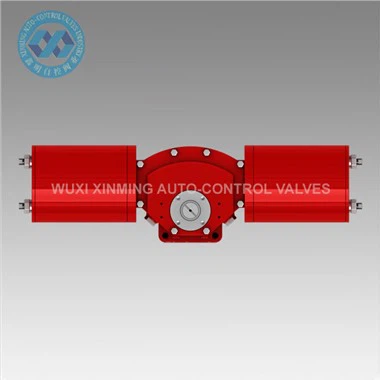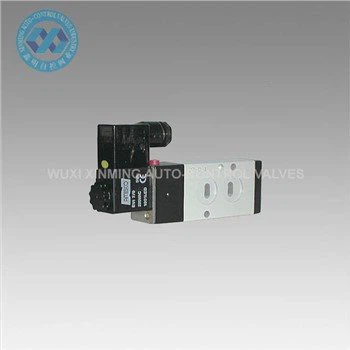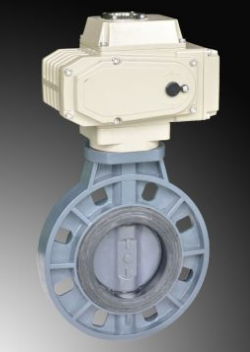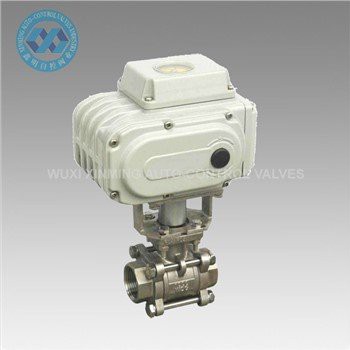Introduction
A pneumatic valve is a mechanical device designed to control the flow of compressed air or gas within a pneumatic system. These valves are a key component in industrial automation, manufacturing, and process control, allowing operators to regulate pressure, direction, and speed in pneumatic circuits. Understanding how pneumatic valves work is essential for engineers, technicians, and anyone involved in machine design.
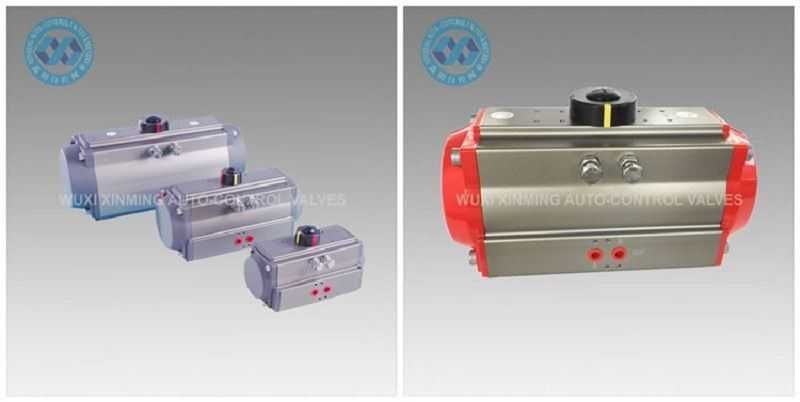
What Is a Pneumatic Valve?
A pneumatic valve is a type of control valve that uses air pressure as the driving force for operation. Instead of relying on electric or hydraulic power, pneumatic valves depend on compressed air to actuate their internal components. These valves are widely used in:
-
Assembly lines
-
Packaging machines
-
Robotic arms
-
Automotive manufacturing
-
Food processing plants
The pneumatic valve function is to start, stop, or change the direction of airflow, enabling precise control over pneumatic cylinders, actuators, and tools.
How Pneumatic Valves Work
To understand how a pneumatic valve works, it’s important to know its basic structure and operation:
-
Air Inlet – Compressed air enters the valve from the supply line.
-
Internal Mechanism – The valve contains ports and passages that open or close to control airflow.
-
Actuation Method – Valves can be manually operated (lever, button), mechanically actuated (roller, cam), or automatically controlled (solenoid, pilot air signal).
-
Outlet – Controlled air is directed to pneumatic equipment, such as an actuator or cylinder.
-
Exhaust Port – Excess air is released to the atmosphere after use.
The working principle is based on directing air through specific ports while blocking others, effectively controlling the motion of pneumatic devices.
Pneumatic Valve Working Principle
The pneumatic valve working principle can be summarized as:
-
Input Signal – Can be manual, mechanical, or electrical.
-
Internal Shift – A spool or poppet inside the valve changes position.
-
Flow Direction Change – Air is rerouted to desired output ports.
-
Exhaust of Unused Air – Ensures smooth operation without pressure buildup.
For example, in a 5/2-way directional control valve, five ports manage two output positions to move a pneumatic actuator forward or backward.
Pneumatic Valve Machining
Pneumatic valve machining is a precision manufacturing process involving:
-
CNC Turning and Milling – For accurate port and spool production.
-
Surface Finishing – Ensuring smooth air passages to reduce turbulence.
-
Material Selection – Typically aluminum, brass, or stainless steel for durability.
-
Tight Tolerances – Critical for avoiding air leaks and ensuring reliable operation.
High-quality machining ensures the valve’s efficiency, longevity, and safety in demanding industrial environments.
Common Types of Pneumatic Valves
-
Directional Control Valves (DCVs) – Control airflow direction.
-
Flow Control Valves – Regulate speed by adjusting airflow volume.
-
Pressure Control Valves – Maintain desired system pressure.
-
Shut-off Valves – Isolate parts of the system for maintenance.
Applications of Pneumatic Valves
-
Automation & Robotics – Controlling actuators in robotic arms.
-
Packaging – Managing motion in conveyor and sealing machines.
-
Automotive – Operating air brakes and assembly tools.
-
Food & Beverage – Controlling hygienic pneumatic systems.
-
Aerospace – Regulating onboard pneumatic mechanisms.
Advantages of Pneumatic Valves
-
Quick response time
-
Simple design and maintenance
-
Safe operation in explosive environments (no sparks)
-
Cost-effective compared to hydraulic and electric systems
Conclusion
Pneumatic valves are essential components in modern automation. Whether you want to understand what is a pneumatic valve, its function, or the pneumatic valve working principle, the core concept remains the same: they control the movement of air to make machines work efficiently. Advances in pneumatic valve machining have further improved precision, durability, and reliability, ensuring these devices remain indispensable in industrial applications.
If you want to learn more about low-priced products, please visit the following website: www.xm-valveactuator.com







